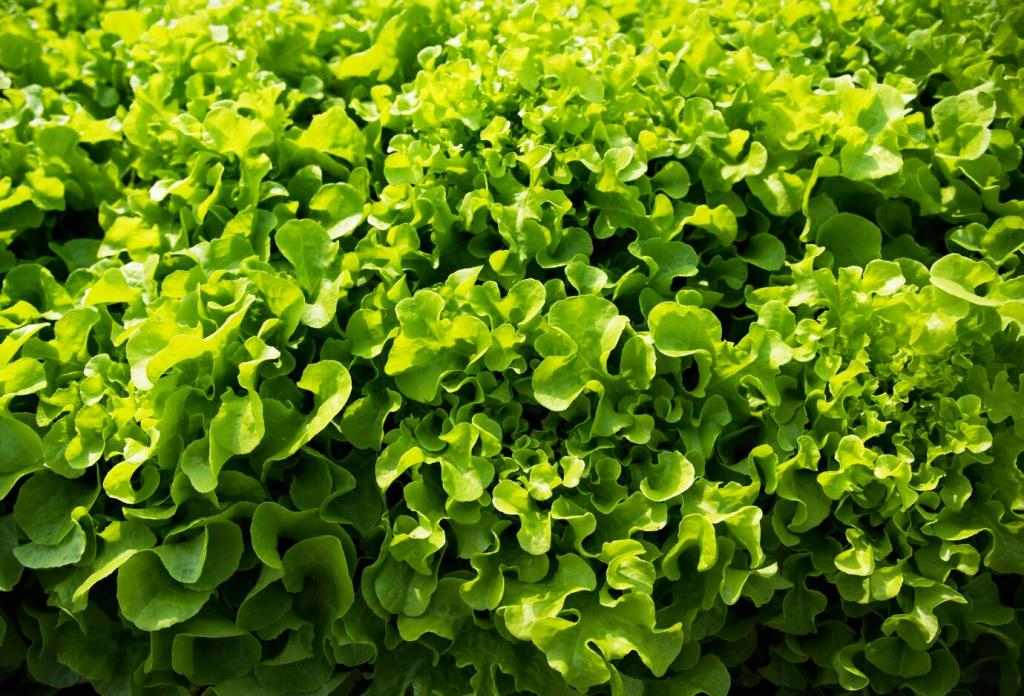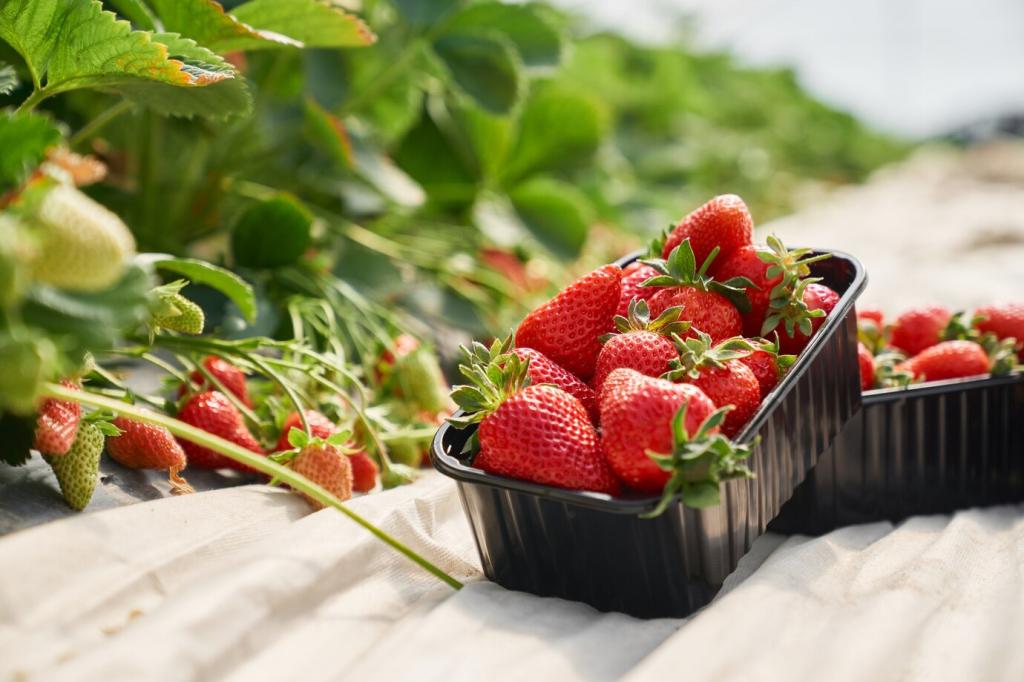Biochar and Advanced Soil Enrichment
Fresh biochar can adsorb nutrients; pre-charge it with compost tea, worm leachate, or finished compost. Blend thoroughly to avoid hotspots. Have you compared charged versus raw applications? Report your results for community insight.
Biochar and Advanced Soil Enrichment
Biochar thrives when paired with biological inputs. Mixed into compost, it hosts microbes; under mulch, it stabilizes nutrients. Start small, observe, and scale carefully. What blend gave you the best structure and moisture gains? Tell us below.
Biochar and Advanced Soil Enrichment
Soils vary. Sandy beds may see stronger gains than heavy clays. Quality and particle size matter, as do feedstocks. Document changes in water holding or nutrient needs and subscribe to follow our ongoing biochar trials and seasonal updates.







